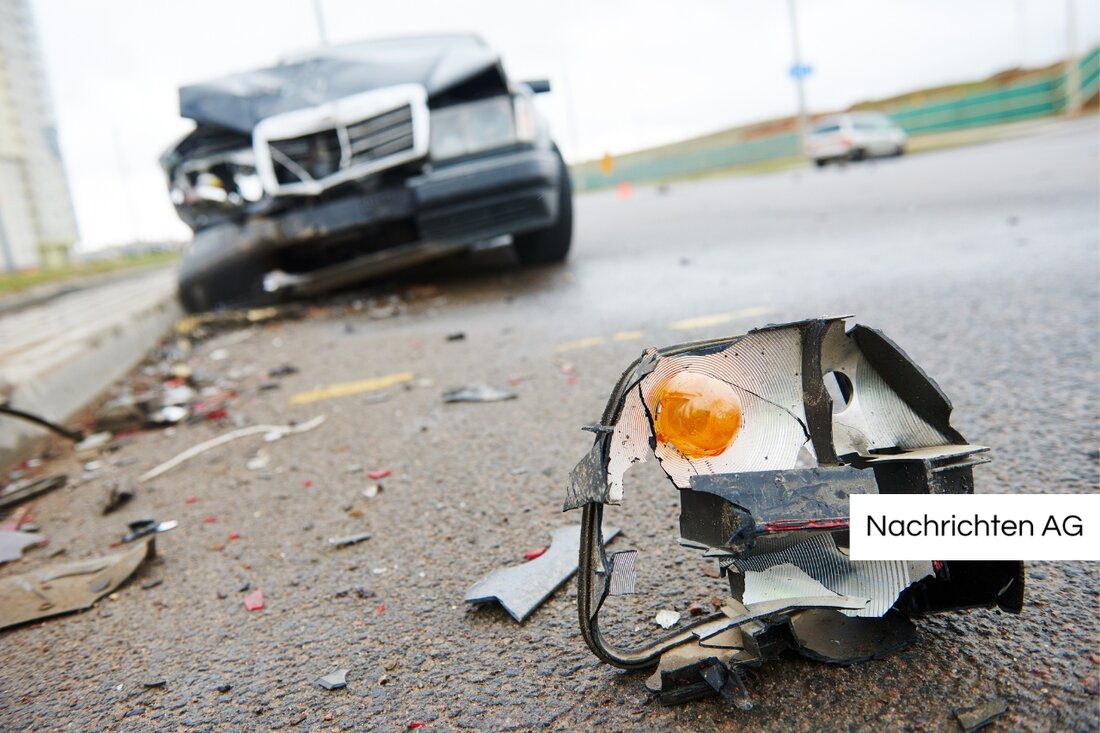Oil alarm in Bad Ischl: Two fuel exits provide chaos!
On September 5, 2025, there were two fuel exits in Bad Ischl, which were removed by several fire departments.

Oil alarm in Bad Ischl: Two fuel exits provide chaos!
On Friday, September 5, 2025, there were several alarming fire brigade in the region around Bad Ischl, which were connected to fuel exits and an oil track. Loud Fireworld the fire brigade was initially alerted to the B145, where an oil track had to be removed after a traffic accident. Here the fire brigades Bad Ischl and Pfandl worked together. Shortly afterwards, another alarm followed due to a kilometer -long diesel lane that extended from a shopping center via Rettenbachwaldstrasse to the Reitndorf elementary school. In this case, the main fire station, the fire brigades Rettenbach and Reitsandorf were deployed.
In addition, a fire alarm was also registered in Katrinstrasse, which had been triggered by forgotten cooking on the stove. The alarm was quickly invalidated, there was no fire. In addition to the Bad Ischl fire brigade, the Pfandl fire brigade and the fire departments Ahorn-Kaltenbach, Reitorndorf and Rettenbach were also involved in these operations, plus two strips from the Bad Ischl.
The problem of oil and fuel traces
The missions in Bad Ischl are just an example of the challenges with which fire departments are confronted. How Fire Brigade Office Friesack reports, fire brigades in Germany are increasingly alerted to technical assistance, in particular to remove oil traces after traffic accidents. These traces, which are often made of engine oil or fuel, represent a significant danger. Slipid lanes can lead to dangerous situations, especially for motorcyclists and also affect the groundwater due to escaping liquids.
The difference between an oil track and a fuel lane is important: While oil traces usually release oil -based liquids from vehicles, fuel traces are particularly harmful to the environment. They can be recognized by their colorful film, which is particularly visible in the rain, and bring with them increased risk of slipping.
Measures to remove oil traces
The fire brigades are usually eliminated by the fire brigades, whereby the responsibility for the final cleaning is often due to the road construction carrier. The website also has this information Feuerwehren.org compiled. The fire brigades use special binders to dull the road and minimize the risk of slipping. The type of binder, be it fine, coarse or fluid, is decided by the operator.
In addition, road users should always adapt their speed near oil traces and count on warning signs that are set up for danger defense. However, the removal of oil and fuel traces is subject to a fee, and the causers can be charged for cleaning.
The events in Bad Ischl illustrate the need for a quick reaction from the fire brigade in the event of such incidents and the importance of preventive measures to ensure security on the streets.

 Suche
Suche
